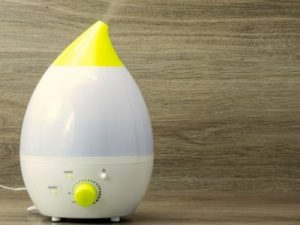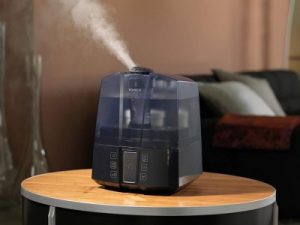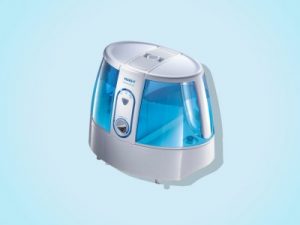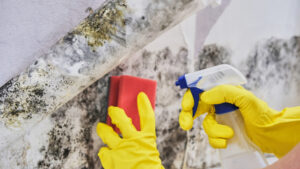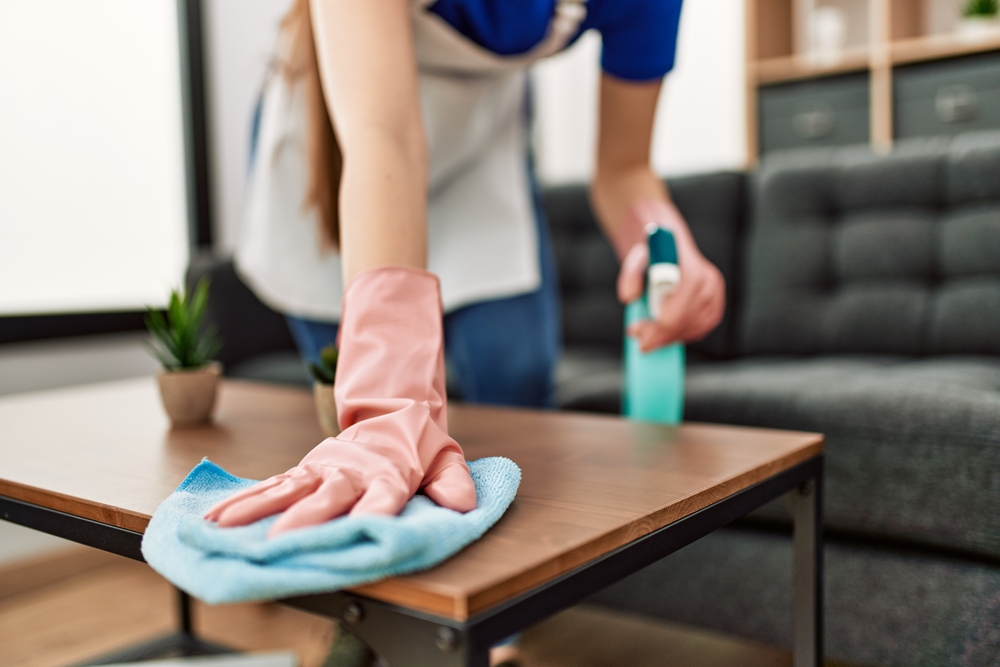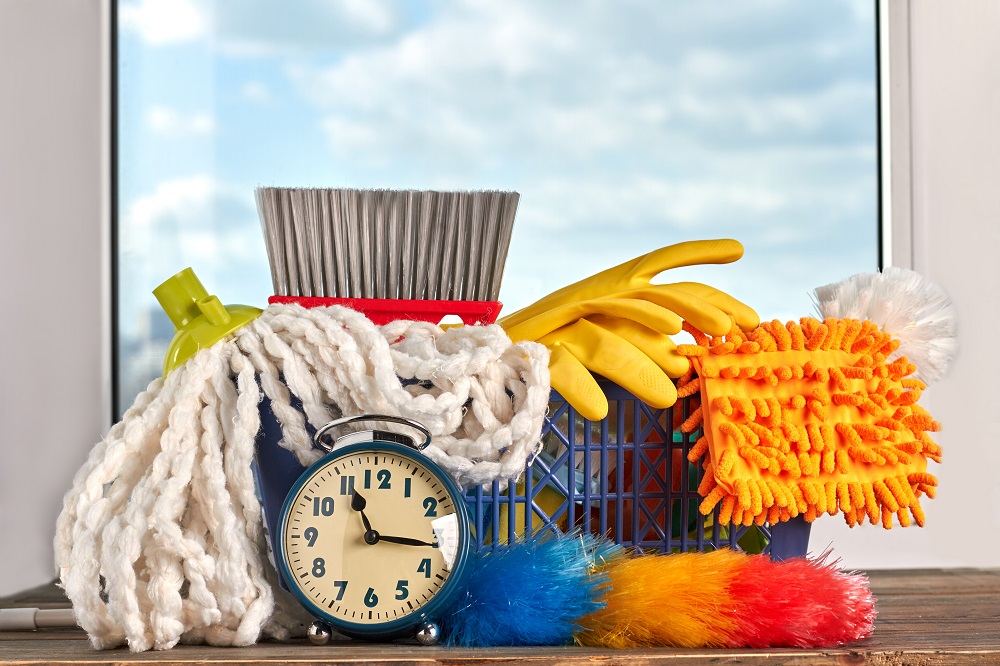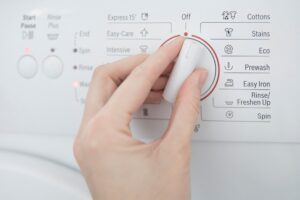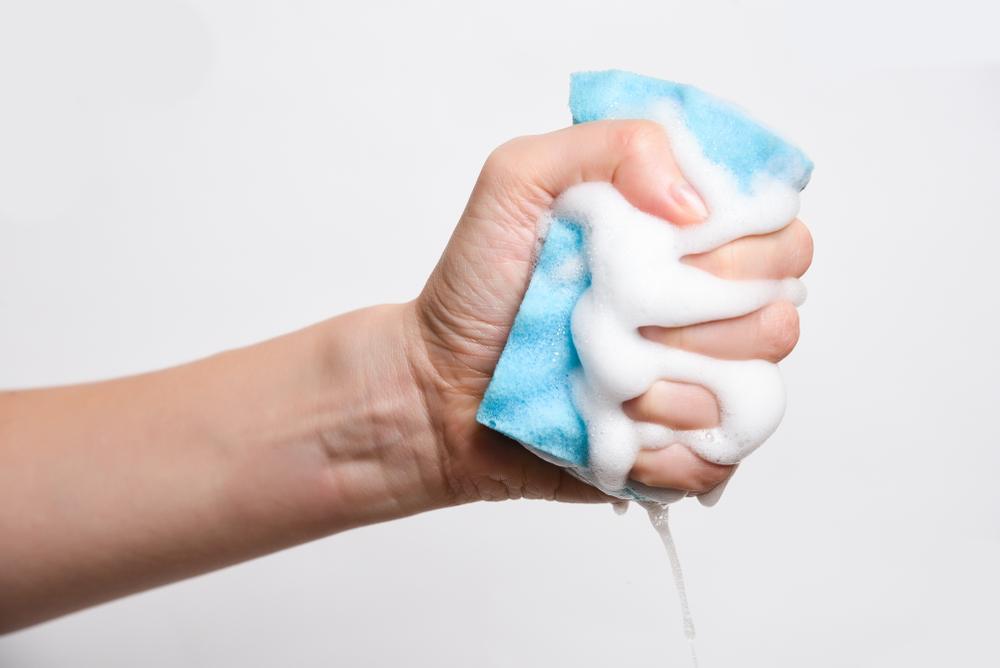
Don’t leave it in the sink.
After scrubbing an entire batch of grimy dishes, it is very tempting to toss the sponge over the sink and forget about it until the next dishwashing session.
Even so, no matter how carefully you wash that dinnerware, your sink is the perfect place for bacteria, which is why leaving your sponge in a germ-infested environment is just…bad. Sponges are less likely to properly dry if they are left in a damp, moist sink environment, which makes it a perfect breeding ground for additional germs.
Don’t forget to clean between uses.
If you constantly grab the sponge and wipe down any dirt on your counters, then leave it by the sink without rinsing it, then you make room for bacterial growth. You might want to give it a rapid cleanup now and again, just to make sure your cleaning weapon is still, you know, clean.
You don’t squeeze it out.
If you’re not truly open to the idea of throwing out that sponge every couple of weeks and you are not ready to part ways with one of your favorite cleaning tools, then we have a solution for you. Just slice that sponge in half right before using it. You will soon realize that half the sponge does just as much as a whole one, and it also helps you stretch your dollar a bit further.
Expert’s advice:
As it turns out, sponges should be known as germvilla because they pack millions of them. If you want to reduce the risk of getting any of that bacteria, which could, later on, make you sick, don’t use the sponge on other surfaces in your home.
This goes even more for food spills, as they should never be mopped up with the same old reusable sponge you might have used to clean other parts of the kitchen. If raw meat juices get in there, you might as well just throw them out.
If you enjoyed reading this, then you also need to read: 5 Ways To Use Solar Energy in Your House







